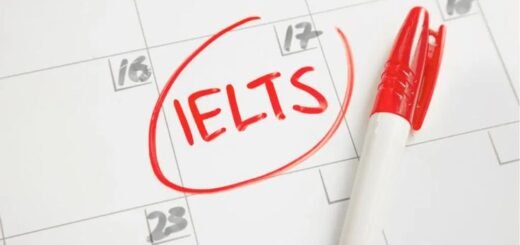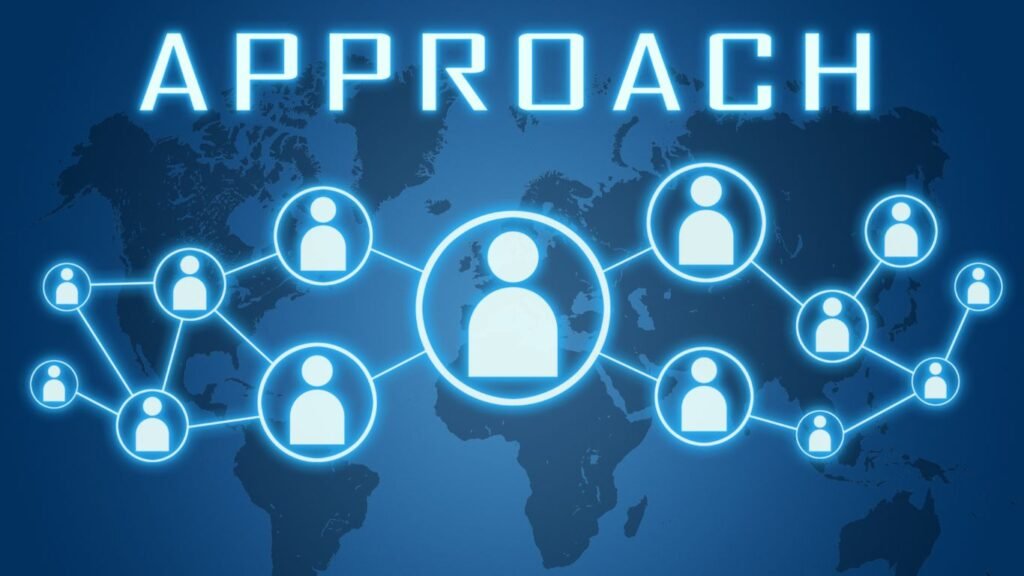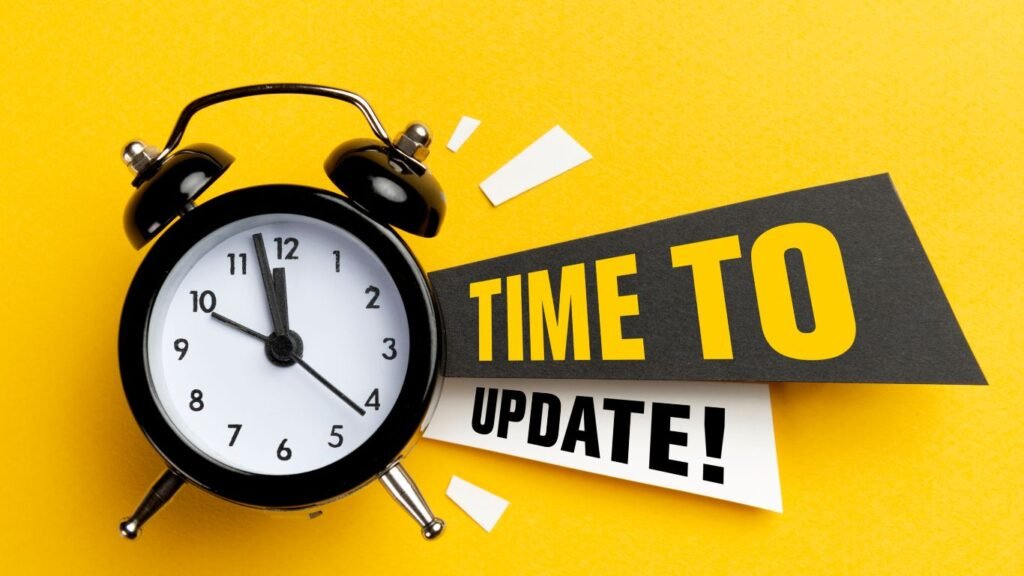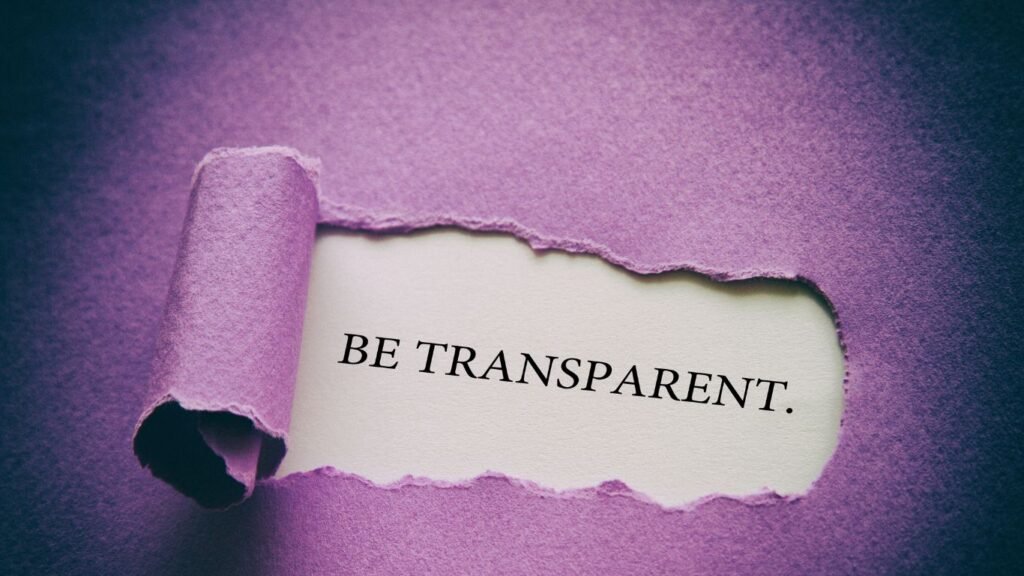Top 10 Digital Libraries and Open Learning Resources
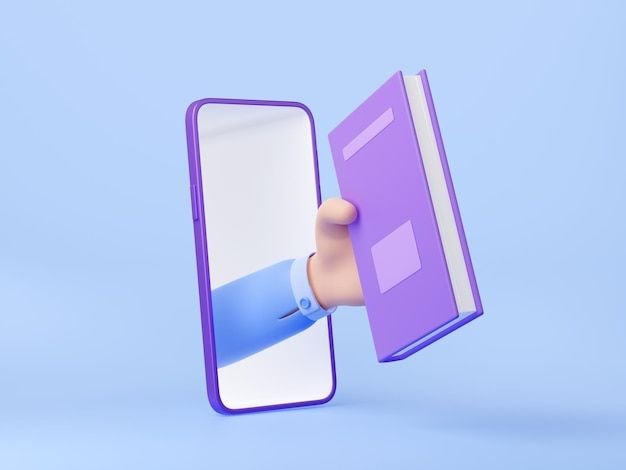
The world of learning has changed. Students no longer depend only on physical libraries or heavy textbooks. With the internet, digital libraries and open learning resources give people access to knowledge at any time and from anywhere. These platforms save money, remove barriers, and open doors for everyone who wants to learn.
India has made huge progress in this space, and global platforms have also joined in to support open access. In this article, we look at ten of the most useful digital libraries and open learning resources that empower students, teachers, and researchers every day.
1. National Digital Library of India (NDLI)
The National Digital Library of India brings millions of resources together in one place. Students, teachers, and researchers can find books, articles, videos, and even practice materials. The platform supports content in different Indian languages, which helps learners from diverse regions.
NDLI also allows learners of all levels to benefit. A school child can use it to read textbooks, while a PhD researcher can use it to explore academic papers. By combining material from across institutions, NDLI works like a one-stop shop for knowledge.
2. Digital Library of India (DLI)
The Digital Library of India plays an important role in preserving old manuscripts, rare texts, and historical journals. It collects valuable documents from different universities and archives and makes them available online.
By doing this, DLI protects India’s heritage and ensures that researchers, historians, and students can access material that would otherwise remain locked away in dusty shelves. It creates a bridge between the past and the present.
3. British Library Endangered Archives Programme
The Endangered Archives Programme run by the British Library supports Indian institutions in saving fragile documents, manuscripts, and photographs. Many of these materials face the risk of being lost forever due to poor storage conditions or natural decay.
Through digitization, the program gives global access to content that once sat hidden in regional collections. Scholars around the world can now study these materials and keep the knowledge alive for future generations.
4. Indian Academy of Sciences Digital Library
The Indian Academy of Sciences maintains an online library with a strong focus on science. It includes research papers, journals, and conference proceedings in physics, chemistry, biology, and mathematics.
Students and scientists use this platform to stay updated with developments in their fields. Since the Academy encourages open access, learners without costly subscriptions can also benefit.
5. JSTOR
JSTOR offers one of the largest collections of academic articles and books in the world. Students and teachers use it to access scholarly work in humanities, social sciences, and other fields.
Its search tools make it easy to discover research material, and many institutions in India subscribe to it. For individual learners, JSTOR allows limited free reading. This mix of global content and accessibility makes it a trusted resource.
6. Project MUSE
Project MUSE specializes in humanities and social sciences. It gives access to thousands of books and journal articles published by universities and independent publishers.
Students in literature, history, philosophy, and political science often use Project MUSE for their research. By including works from smaller publishers, it gives space to voices that might not appear on bigger platforms.
7. Internet Archive and Open Library
The Internet Archive works like a giant online collection of human knowledge. It stores millions of books, audio files, videos, and even old versions of websites. Its sister project, the Open Library, lets people borrow digital books for free.
This resource benefits students who cannot always buy books. With just a computer or a phone, they can read classics, textbooks, and even modern works. The Internet Archive also ensures that rare materials remain safe and accessible.
8. National Repository of Open Educational Resources (NROER)
The National Repository of Open Educational Resources supports school education in India. It offers videos, images, textbooks, and lesson plans that match the national curriculum. Teachers use it to prepare engaging lessons, while students use it to revise and practice.
By creating one central place for open educational material, NROER helps ensure equal access for all learners, no matter their location or financial background.
9. Directory of Open Access Books (DOAB)
The Directory of Open Access Books gives free access to thousands of peer-reviewed academic books. Universities and researchers from all over the world contribute to this platform.
Students use it to find detailed study material, while researchers use it to reference high-quality academic work. Since all books are open access, anyone can read or download them without restrictions.
10. OER Commons and OpenStax
OER Commons serves as a global hub for open educational resources. Teachers and students can find textbooks, lesson plans, and complete learning modules. They can also adapt this material to match their own teaching needs.
OpenStax, created by Rice University, provides free digital textbooks for college-level subjects such as physics, biology, and economics. These textbooks follow high academic standards and help reduce the cost of education. Both platforms empower learners and educators to design flexible and affordable learning journeys.
Recent Developments in Digital Libraries
In India, universities continue to modernize their libraries with digital tools. Rajendra Prasad Central Agricultural University launched a mobile app called “MyLib@FT” that allows students to access more than five lakh books and journals. They also introduced self-checkout systems using RFID technology.
IIT Patna opened a new digital library in July 2025 with more than 75,000 electronic resources and over 150 digital terminals. These moves show that institutions are blending physical and digital learning spaces to serve students better.
Why These Resources Matter
Each platform fills a unique role. NDLI supports learners at every stage. DLI preserves history. The Endangered Archives Programme saves materials that face extinction. The Academy of Sciences library strengthens science learning. JSTOR and Project MUSE help advanced research. The Internet Archive and Open Library provide free media. NROER supports schools. DOAB removes barriers to academic books. OER Commons and OpenStax deliver free teaching and learning resources worldwide.
Together, they create a network of knowledge that no single library could provide. A student in a small town can now access the same material as a student in a world-class city. Teachers can design better lessons. Researchers can dive into global content without paying for expensive subscriptions.
Conclusion
Digital libraries and open learning resources change the way we learn. They make education democratic, inclusive, and affordable. From schoolchildren preparing for exams to researchers writing their theses, everyone benefits from these platforms.
The growth of digital libraries in India and abroad shows a clear future—knowledge will no longer stay locked inside institutions. Instead, it will remain open, accessible, and free for anyone who seeks it. By using these resources, learners can take charge of their education and connect with a global community of knowledge.



